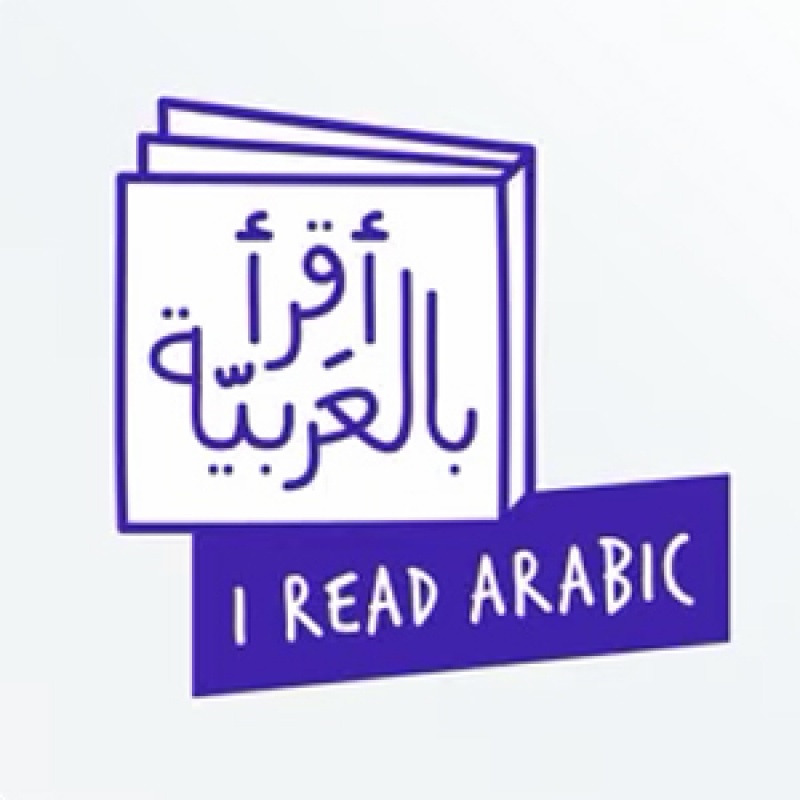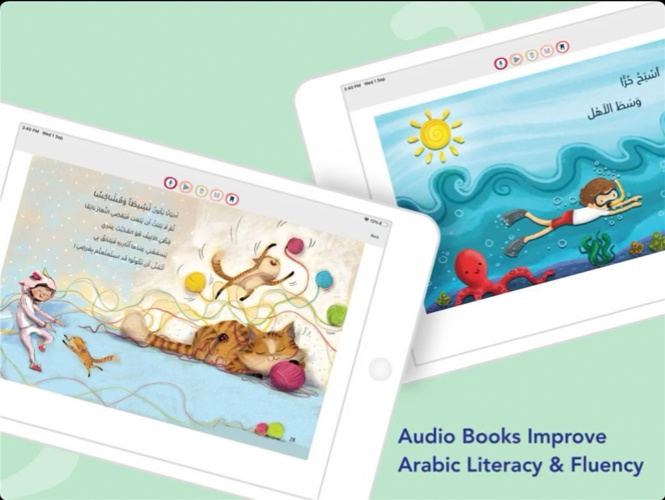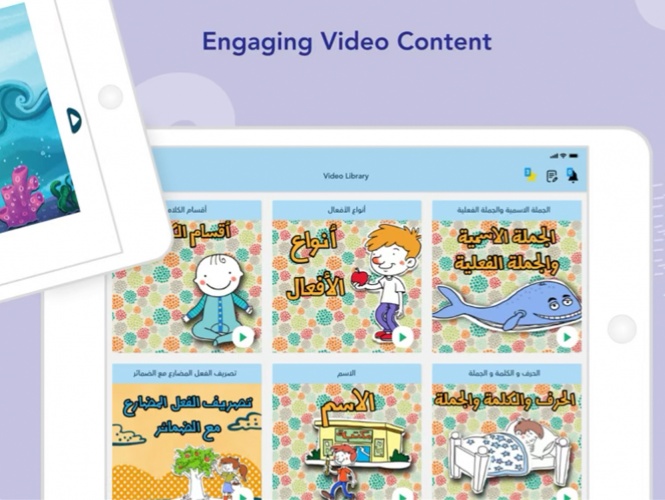Practicing memorizing skills
Practicing letters, alphabets and written language
Practicing to notice links between subjects learned
Practicing to recognize and express feelings
Recognizing habits that are good for sustainable living
Supporting the growth of environmental awareness
Practicing persistent working
Getting familiar with different cultures
Learning about different languages
Encouraging the growth of positive self-image
Learning to notice causal connections
Practising visual recognition
Supporting student to build their own linguistic and cultural identity
Practicing to express own thoughts and feelings
Practicing to take care of one's own wellbeing and health
Practicing to use foreign language as a communication tool
Practicing to take care of own and other people’s safety
Practicing to notice causal connections
Encouraging to build new information and visions
Learning about cultural aspects and to respect different cultures
Practicing to work with others
Practicing to observe spoken and written language
Practicing categorization and classification
Learning the basics of spelling
Learning to build information on top of previously learned
Learning to combine information to find new innovations
Practicing decision making
Encouraging positive attitude towards working life
Learning to understand the meaning of rules, contracts and trust
Learning to listen other people’s opinions
Learning to know and respect human rights
Practicing to find, evaluate and share information
Practicing to use information independently and interactively
Learning to understand and interpret diverse types of texts
Realizing the connection between subjects learned in free time
and their impact to skills needed at worklife
Connecting subjects learned at school to skills needed at working life
Practicing versatile ways of working
Enabling the growth of positive self-image
Practicing to give, get and reflect feedback
Practicing communication through different channels
Learning decision-making, influencing and accountability
Practicing to argument clearly own opinions and reasonings
Learning to face respectfully people and follow the good manners
Practicing to take care of one's own and other people’s safety
Practicing to plan and execute studies, make observations and measurements
Practicing to look things from different perspectives
Practicing to create questions and make justifiable arguments based on observations
Learning to find the joy of learning and new challenges
Practicing to evaluate one's own learning
Practicing to set one's own learning goals
Practicing to take responsibility of one's own learning
Practicing strategic thinking
Learning to recognise and evaluate arguments and their reasonings
Learning to find solutions in social conflicts
Developing problem solving skills
Practicing to use arts as a way to express
Practicing to use imagination and to be innovative
Encouraging students to be innovative and express new ideas
Practicing to improvise
Practicing creative thinking
Creating requirements for creative thinking
Learning to understand people, surroundings and phenomenons around us






User reviews for I Read Arabic
You need to log in to post a review.